The Basalt Fiber Market is currently characterized by a dynamic competitive landscape, driven by increasing demand for lightweight, high-strength materials across various industries, including construction, automotive, and aerospace. Key players such as Kamenny Vek (RU), Basalt Fiber Market Tech (IL), and Mafic (IS) are strategically positioning themselves through innovation and regional expansion. For instance, Kamenny Vek (RU) has focused on enhancing its production capabilities, while Basalt Fiber Market Tech (IL) emphasizes technological advancements in fiber production. These strategies collectively contribute to a moderately fragmented market structure, where competition is intensifying as companies seek to differentiate themselves through product quality and application versatility.
In terms of business tactics, companies are increasingly localizing manufacturing to reduce lead times and optimize supply chains. This approach not only enhances operational efficiency but also allows for better responsiveness to regional market demands. The competitive structure of the Basalt Fiber Market appears to be moderately fragmented, with several key players exerting influence over pricing and innovation. The collective actions of these companies indicate a trend towards collaboration and strategic partnerships, which may further shape the market dynamics.
In August 2025, Mafic (IS) announced the opening of a new manufacturing facility in North America, aimed at increasing its production capacity and meeting the growing demand for basalt fiber in the region. This strategic move is significant as it not only enhances Mafic's operational footprint but also positions the company to better serve its North American clientele, potentially leading to increased market share. The establishment of this facility reflects a broader trend of companies investing in local production capabilities to mitigate supply chain disruptions.
In September 2025, Basalt Fiber Market Tech (IL) launched a new line of eco-friendly basalt fiber products, targeting the sustainable construction market. This initiative underscores the company's commitment to innovation and sustainability, aligning with global trends towards environmentally friendly materials. By diversifying its product offerings, Basalt Fiber Market Tech (IL) aims to capture a larger segment of the market that prioritizes sustainability, thereby enhancing its competitive edge.
In October 2025, Kamenny Vek (RU) entered into a strategic partnership with a leading construction firm to develop advanced composite materials for infrastructure projects. This collaboration is poised to leverage Kamenny Vek's expertise in basalt fiber technology and the construction firm's market reach, potentially leading to innovative applications in large-scale projects. Such partnerships are indicative of a growing trend where companies seek to combine strengths to enhance product offerings and market penetration.
As of October 2025, the Basalt Fiber Market is witnessing trends that emphasize digitalization, sustainability, and the integration of advanced technologies such as AI in production processes. Strategic alliances are increasingly shaping the competitive landscape, allowing companies to pool resources and expertise. Looking ahead, it appears that competitive differentiation will evolve from traditional price-based competition to a focus on innovation, technological advancements, and supply chain reliability, as companies strive to meet the diverse needs of their customers.
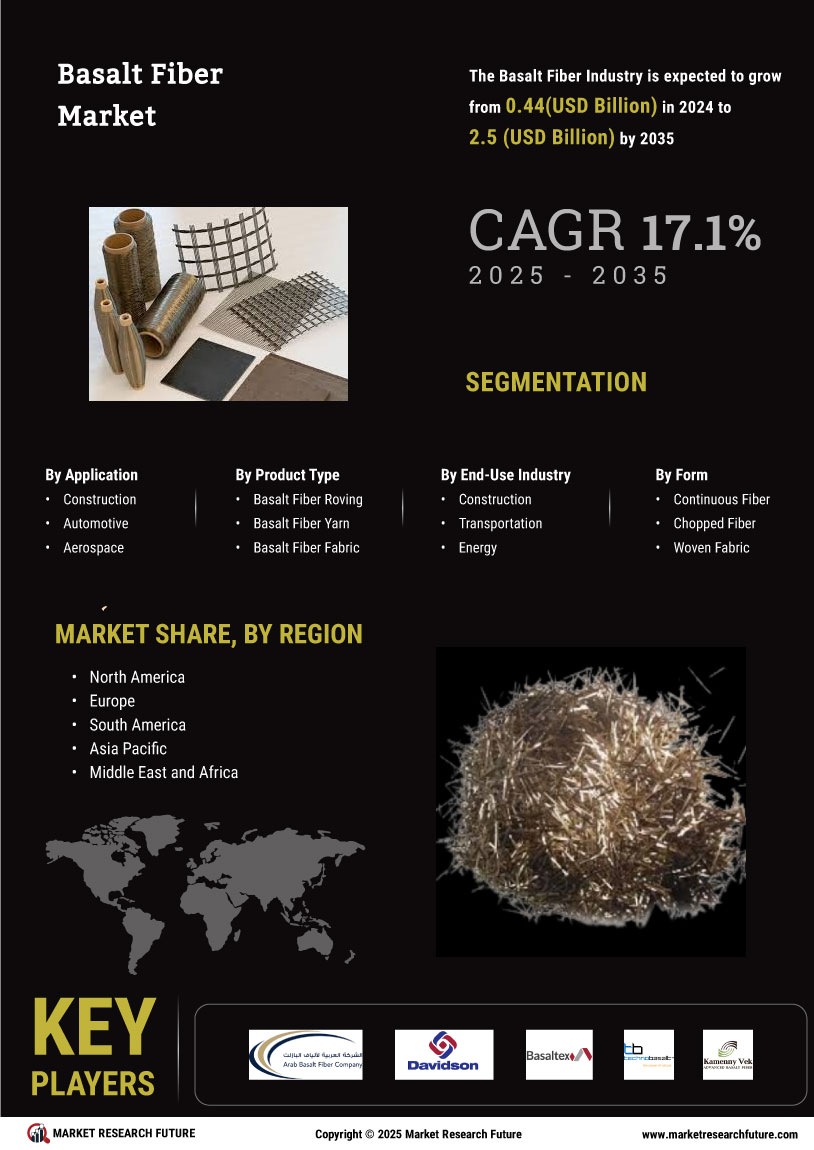

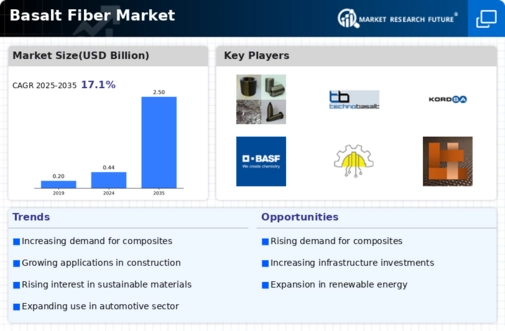
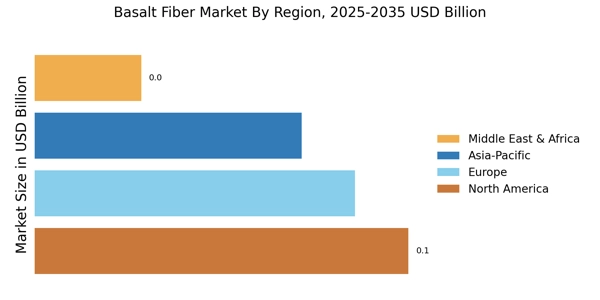
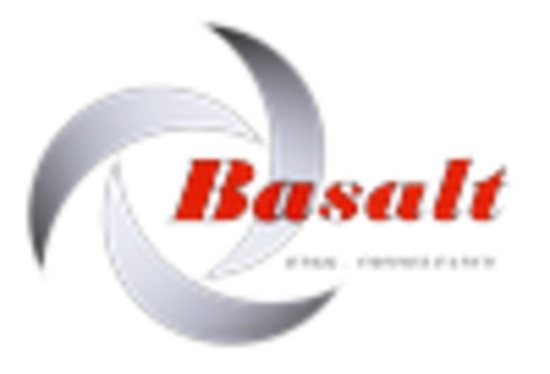
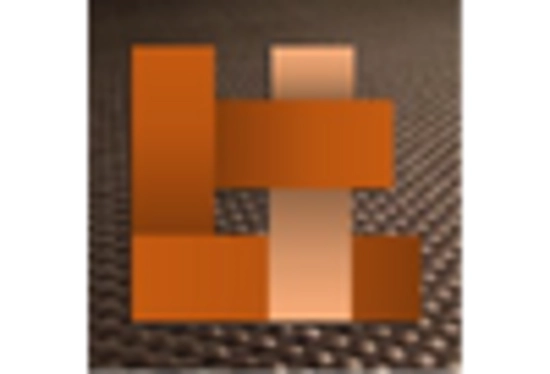
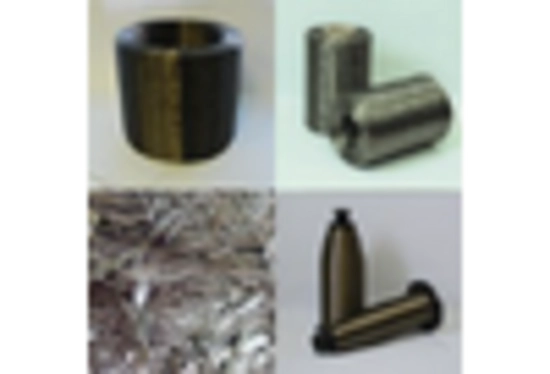
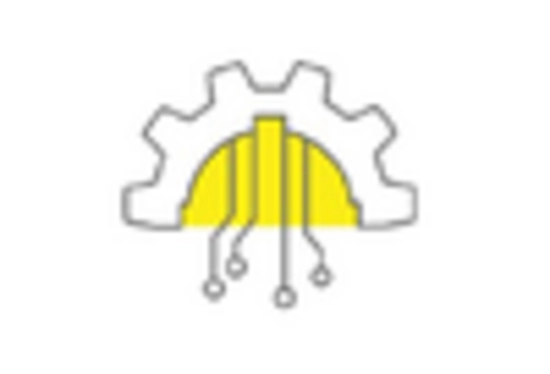
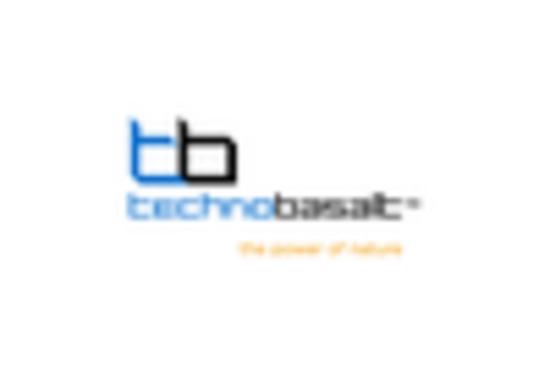









Leave a Comment